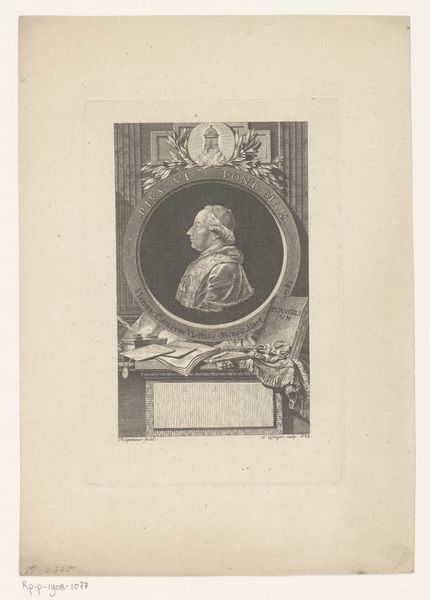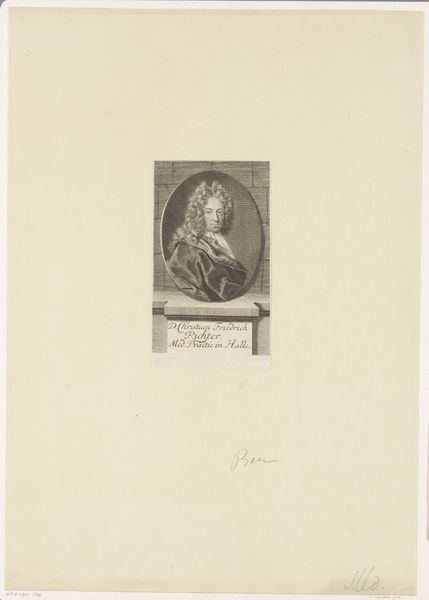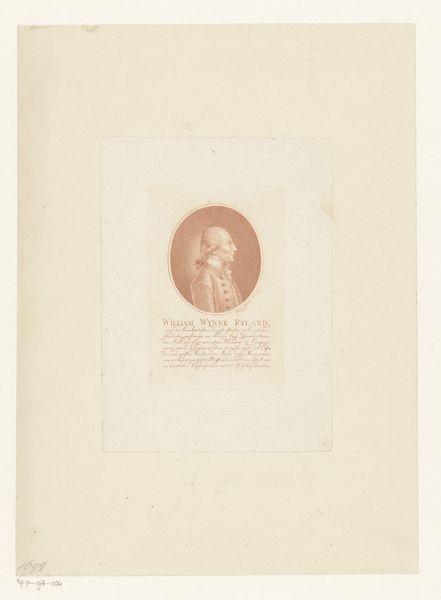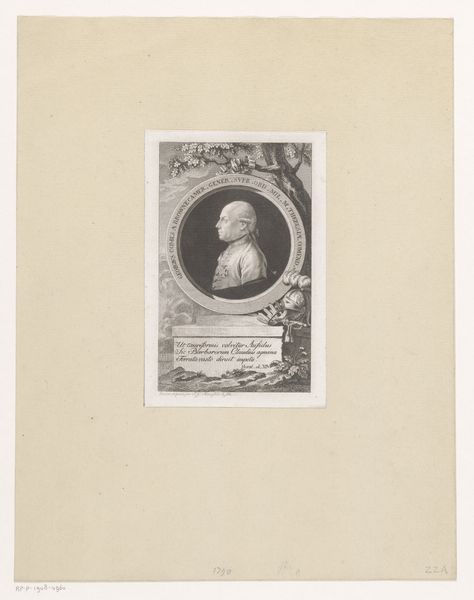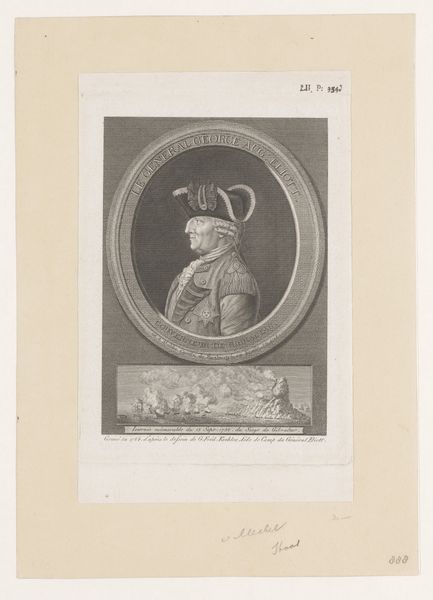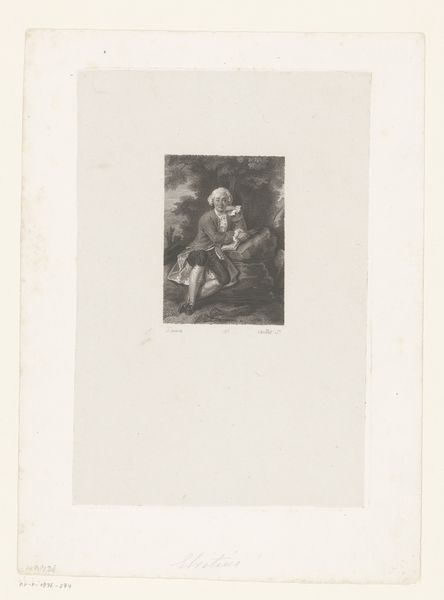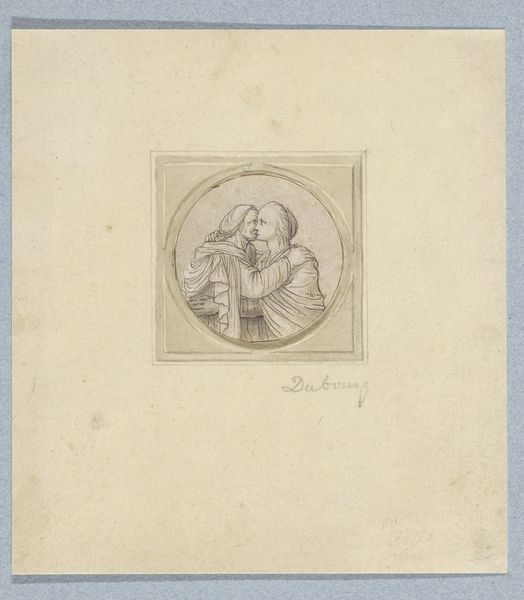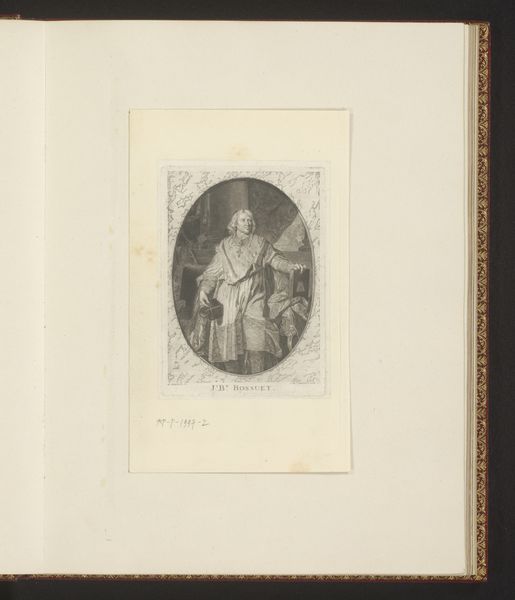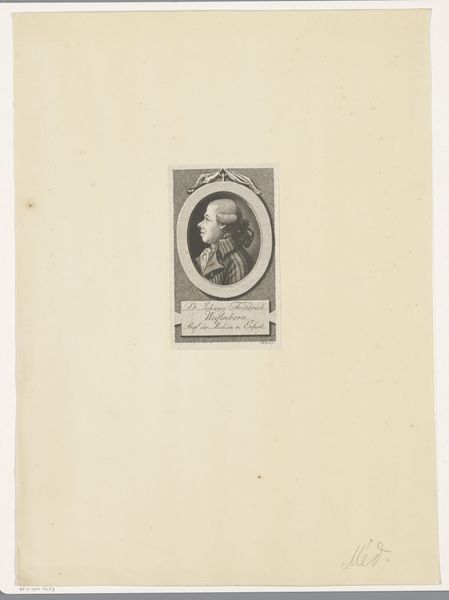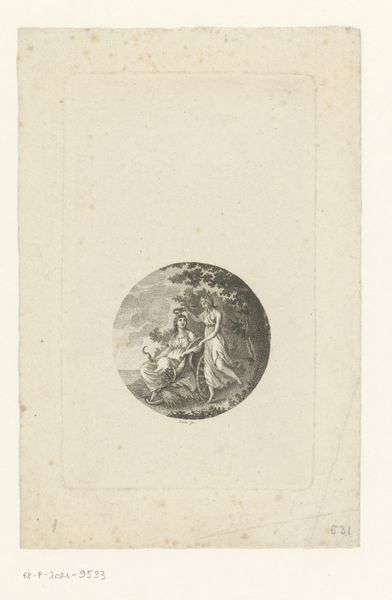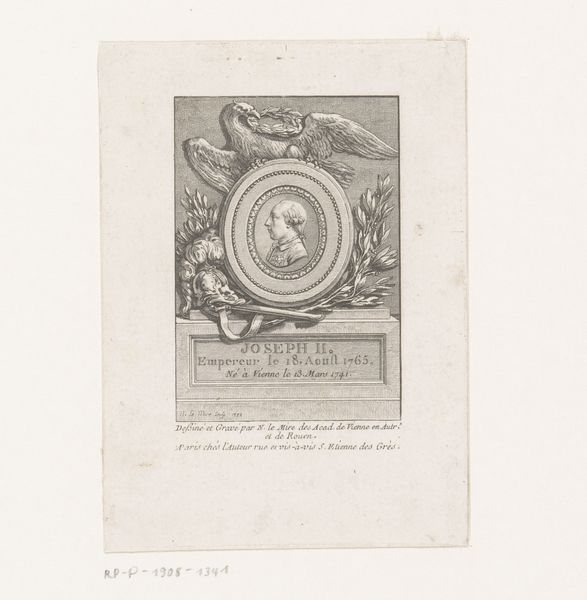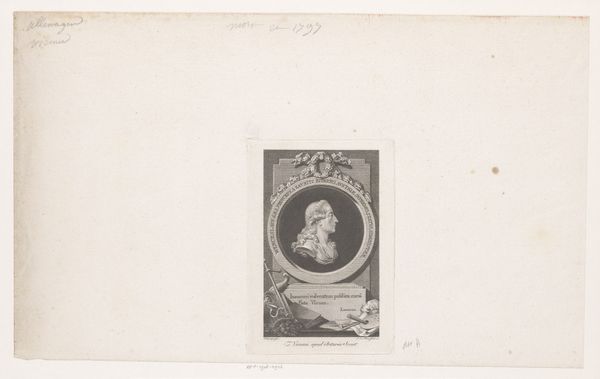
print, ink, engraving
#
portrait
#
neoclacissism
#
ink paper printed
# print
#
old engraving style
#
white palette
#
ink
#
academic-art
#
engraving
Dimensions: height 160 mm, width 107 mm
Copyright: Rijks Museum: Open Domain
Editor: So, this is Johann Ernst Mansfeld’s “Portret van paus Pius VI” from 1782. It's an engraving, so ink on paper. It feels quite formal and restrained. I’m curious – what do you see when you look at this piece? Curator: What strikes me is the *process* of image-making itself in relation to power. Engravings like this weren’t simply about representing the Pope, but about *manufacturing* and *distributing* his image. Think of the labour involved in producing the plate, the multiple prints, and the means of circulation. Editor: So, it's more than just a portrait? It's about the means of disseminating that image? Curator: Exactly. Consider the materials – ink, paper, metal. These were commodities. The printing process, too, mirrors a system of mass production and consumption. It also brings into question, who was it for? Who consumed this image and what role did it play? Editor: That’s fascinating. So it’s tied into larger economic and social networks? The materials and means were dictated by availability. Did that affect the perception of power back then, do you think? Curator: Certainly. The act of making and disseminating many images allowed wider audiences access, which shifts power dynamics in interesting ways. Also, that the print could be replicated endlessly is critical. How would we perceive this print differently if it were unique rather than something endlessly reproducible? Editor: I hadn’t considered it that way before. Thinking about it as part of a larger system of production, rather than just as a static image, gives it so much more depth. Thank you! Curator: Of course. Analyzing art this way helps us unravel the hidden layers of social and economic relations embedded within seemingly simple objects.
Comments
No comments
Be the first to comment and join the conversation on the ultimate creative platform.
